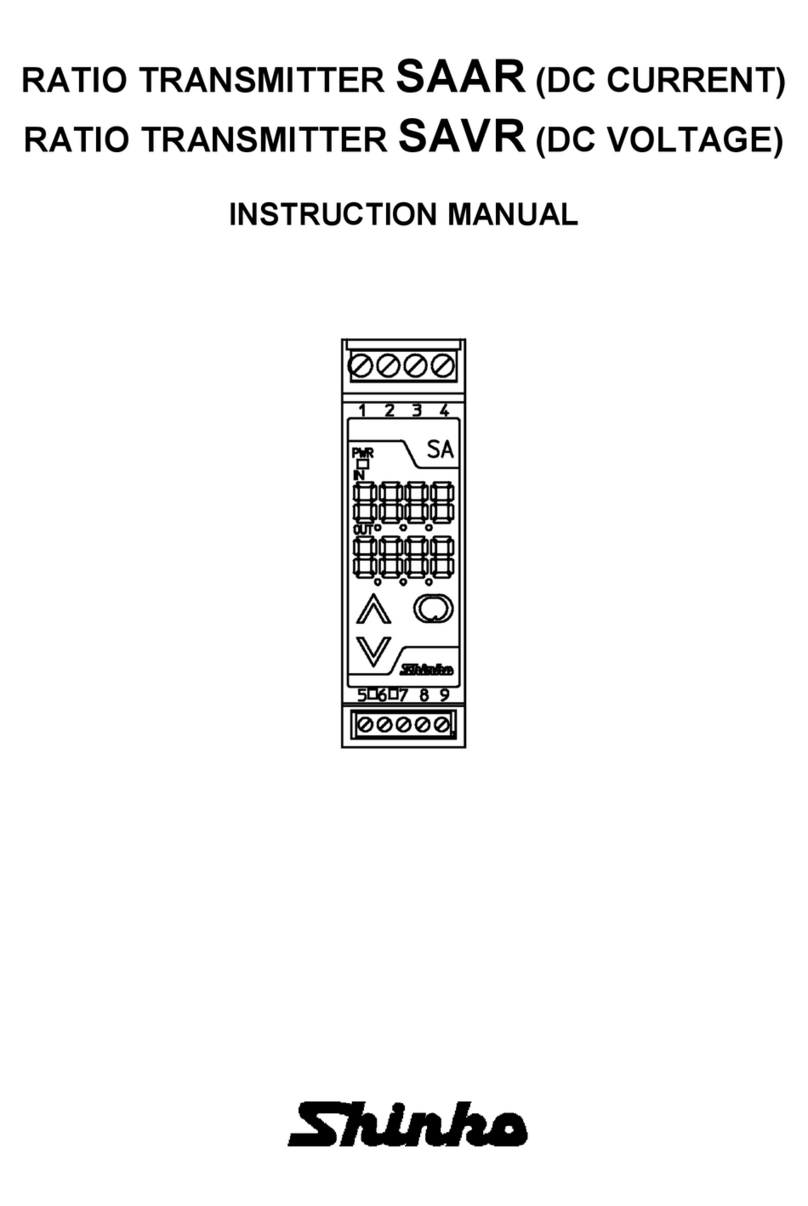4
Characters used in this manual [: No character is indicated (unlit).]
Indication
Number, / -1 0 1 2 3 4 5 6 7 8 9 °C °F
Indication
Alphabet A B C D E F G H I J K L M
Indication
Alphabet N O P Q R S T U V W X Y Z
Contents Page
1. Model ....................................................................................................................................5
1.1 Model..........................................................................................................................5
1.2 How to Read the Model Label .................................................................................6
2. Name and Functions...........................................................................................................7
2.1 Front Panel ................................................................................................................7
2.2 Display Section .........................................................................................................8
3. Mounting ..............................................................................................................................9
3.1 External Dimensions (Scale: mm) ..........................................................................9
3.2 Mounting to, and Removal from the DIN Rail ......................................................10
4. Wiring .................................................................................................................................11
4.1 Lead Wire Solderless Terminal .............................................................................11
4.2 Circuit Configuration..............................................................................................11
4.3 Terminal Arrangement............................................................................................12
4.4 Wiring.......................................................................................................................13
5. Display Mode .....................................................................................................................14
6. Setting Mode......................................................................................................................16
6.1 Display Transition in Setting Mode.......................................................................16
6.2 Input Setting Mode .................................................................................................18
6.3 Output 1 Setting Mode ...........................................................................................20
6.4 Output 2 Setting Mode ...........................................................................................23
6.5 Instrument Setting Mode .......................................................................................26
6.6 Communication Setting Mode...............................................................................28
6.7 Custom Display Setting Mode...............................................................................30
6.8 Manual Mode ...........................................................................................................30
7. Adjustment.........................................................................................................................31
7.1 Basic Operation of Adjustment.............................................................................31
7.2 Adjustment ..............................................................................................................31
7.2.1 Output 1 Adjustment.......................................................................................31
7.2.2 Output 2 Adjustment.......................................................................................31
8.1 Indication after Power-on.......................................................................................32
8.2 Operation .................................................................................................................32
8.2.1 Input Indication Range....................................................................................32
8.2.2 Indication Range of Output 1 and Output 2..................................................32
8.2.3 Input Disconnection........................................................................................32
8.2.4 Indication Time Setting...................................................................................33
8.2.5 Ratio and Bias Settings ..................................................................................33
9. Specifications ....................................................................................................................37
10. Troubleshooting ..............................................................................................................40
10.1 Indication .................................................................................................................40
10.2 Key Operation .........................................................................................................40
10.3 Operation .................................................................................................................40
11. Character Table................................................................................................................41




























